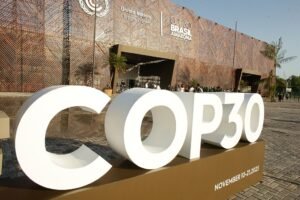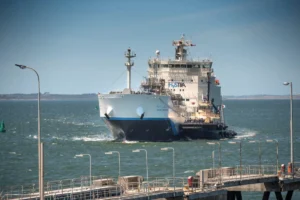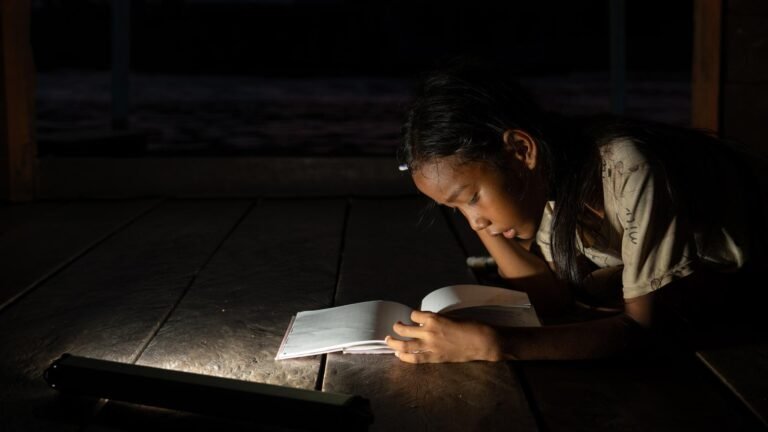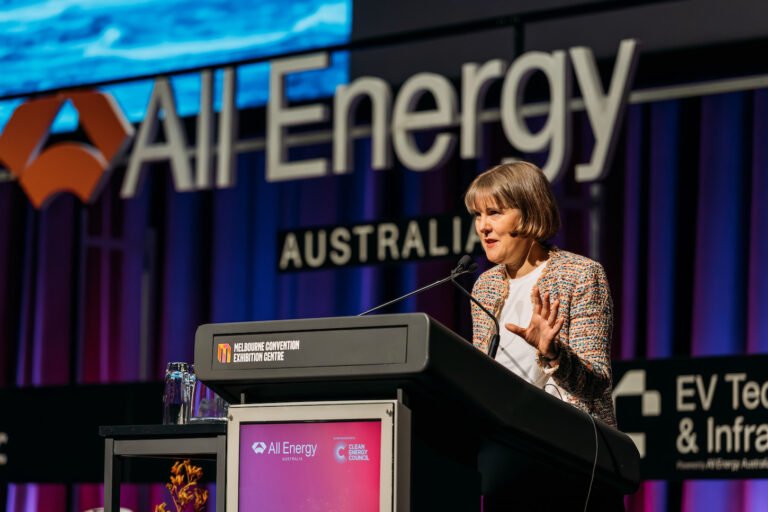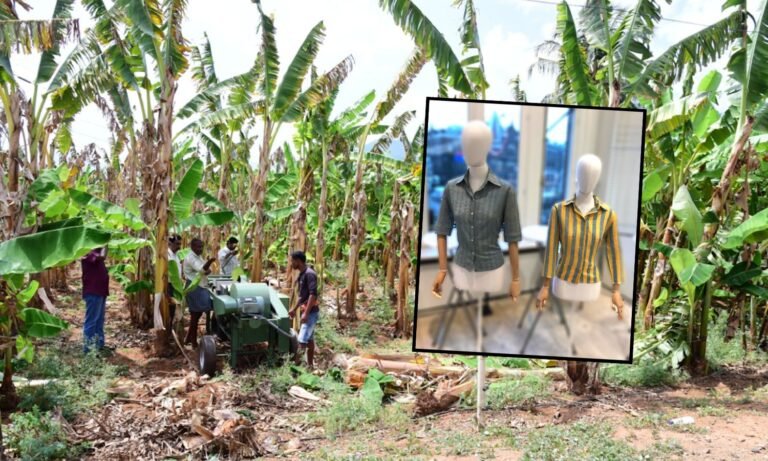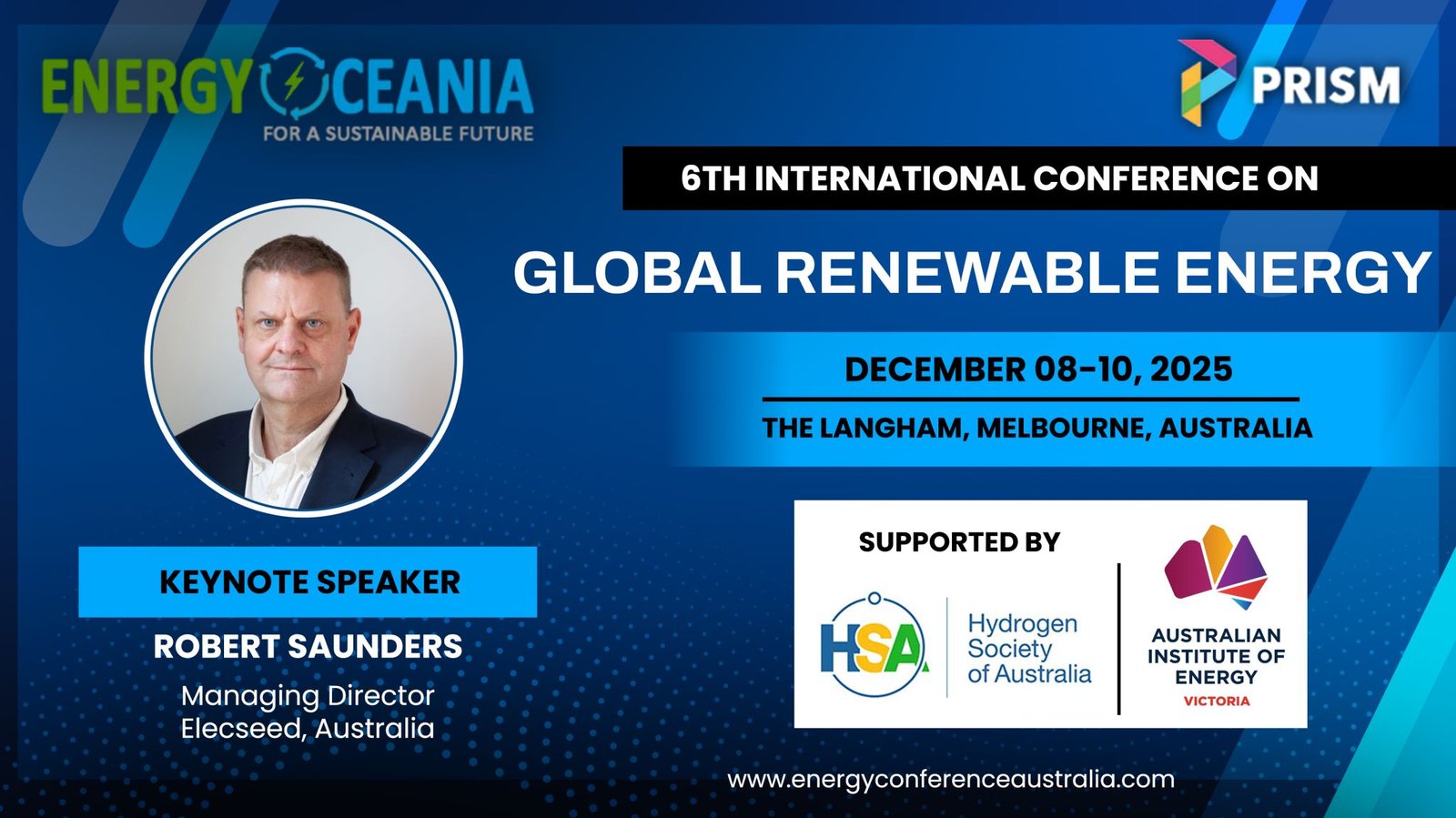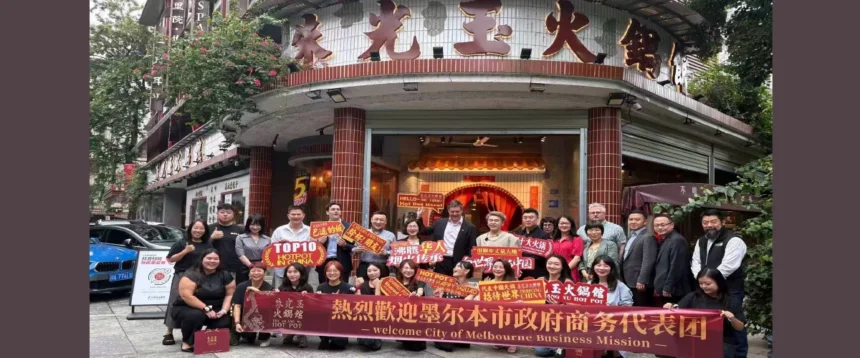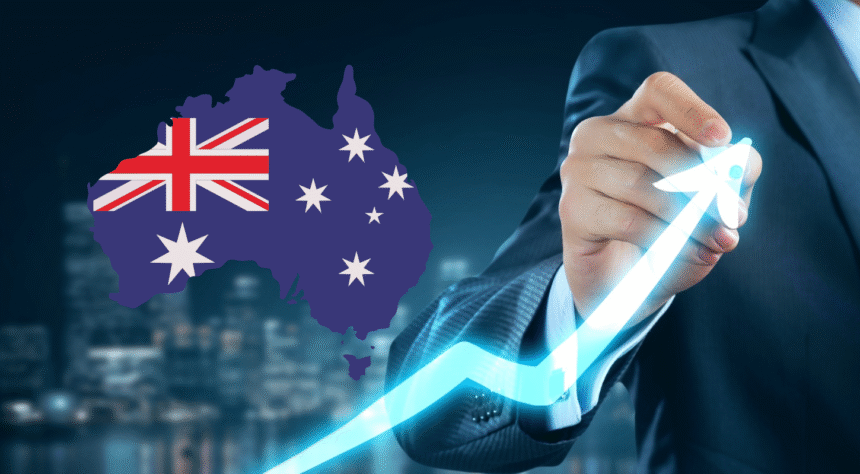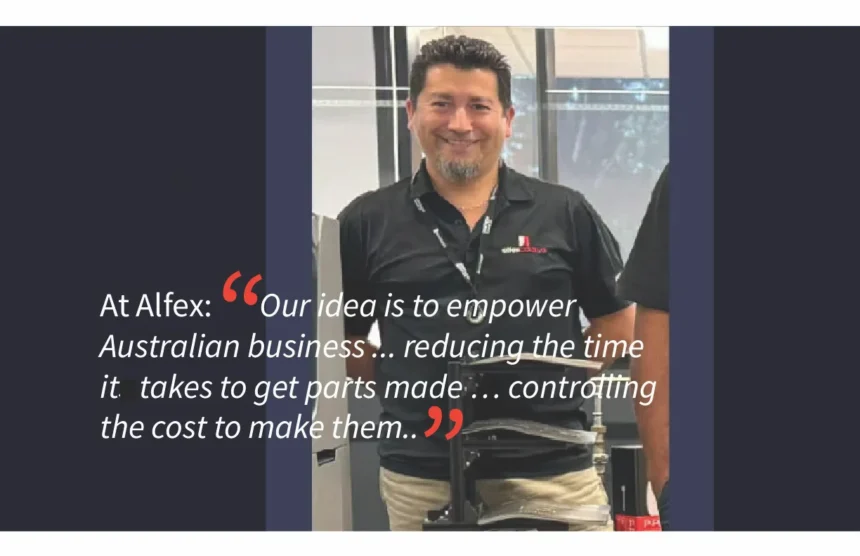By SCOTT PODMORE
The ships are coming, and Pilbara is ready to fuel them. The clean shipping revolution is no longer on the horizon. It’s already underway. From methanol-powered container ships to ammonia-fuelled bulk carriers preparing to dock in Australian ports, global momentum is building fast around hydrogen-based fuels. And as the Asia-Pacific region gears up to decarbonise one of the world’s hardest-to-abate sectors — maritime transport — a critical truth is emerging: Australia has a narrow window to lead or be left behind.
That was the urgent subtext running through the Advancing Hydrogen and Ammonia Solutions panel at Connecting Hydrogen APAC 2025 in Melbourne recently, where industry voices and infrastructure experts gathered to tackle the complexities of storing and transporting next-generation fuels at scale.
The discussion, led by renewable energy veteran Alex Dronoff, unpacked the commercial, technological, and political realities shaping the shift, and called on policymakers and industry leaders alike to move faster and collaborate smarter.
This panel didn’t trade in hypotheticals. It was about hard infrastructure, shipping contracts already in motion, and offtake deals being signed. And with Australia’s ports, policy landscape and energy pedigree on the line, the stakes couldn’t be higher.
This session followed a powerful keynote the previous day by Ingrid Dahl-Madsen, Danish Ambassador to Australia, New Zealand and Fiji, who underscored the transformative potential of Green Hydrogen in shipping — and why public-private cooperation and industrial policy were the secret weapons to winning the clean fuel race.
“Green shipping is already happening,” she said. “And countries like Australia must match ambition with regulatory clarity and early investment. The time for debate is over. The time to act is now.”
From Talk to Action: Setting the Scene
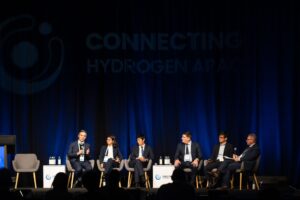
Advancing Hydrogen and Ammonia Solutions panel at Connecting Hydrogen APAC 2025 in Melbourne
Alex Dronoff, Advisory Board Member at Fichtner and one of Australia’s most experienced clean energy executives, opened the panel with urgency.
“We’re not just talking about potential anymore. Things are happening,” Dronoff said. “Shipping giants are ordering vessels, production hubs are forming, and bunkering plans are materialising.”
He cited real-world developments: Maersk’s green methanol fleet, Japan’s ammonia offtakes, and China’s leadership in renewable ammonia production as proof that hydrogen-based fuels are no longer theoretical. They’re in motion.
“What we need next,” he added, “is bold coordination, especially around infrastructure and regulatory certainty.”
Pilbara: Australia’s Gateway to Clean Fuel Exports
One of the most strategic voices on the panel was Samuel McSkimming, CEO of Pilbara Ports Authority. Representing a region that exports 50% of the world’s iron ore, McSkimming highlighted how decarbonising steel — a sector more carbon-intensive than the entire EU — hinges on clean fuels like ammonia and hydrogen.
“If steelmaking were a country, it would be the third-largest emitter of CO₂,” he said. “Pilbara has a critical role to play in decarbonising that supply chain.”
McSkimming pointed out that the region was not just prospective — it’s ready. Pilbara is preparing to receive its first ammonia-fuelled bulk carrier by early 2026, and four shipping companies have already ordered ammonia-fuelled vessels.
“It’s not theory anymore; it’s deployment,” he said. “We’ve got the port infrastructure, the regulatory environment, and proximity to Asia. Pilbara is the real deal.”
The Offtake Equation: Leigh Holder’s Commercial Lens
Former Yara International executive Leigh Holder, now Senior Advisor at Energex Partners, brought deep commercial insight to the panel. Having helped originate CCS initiatives, Project Erie, and the world’s first ship-to-ship ammonia transfer, Holder understands what makes clean ammonia projects bankable.
“Ammonia is no longer just fertiliser, it’s becoming an energy commodity,” Holder said. “And right now, the shipping sector is moving faster than most people realise.”
Holder emphasized that long-term offtake agreements are the missing puzzle piece for many projects. He pointed to CF Industries and JERA’s recently approved blue ammonia deal — supported by the U.S. 45Q tax credit and Europe’s CfD (Contracts for Difference) scheme — as a model of how projects can reach Final Investment Decision (FID).
“Projects only get built when the economics stack up,” he said. “Australia must focus on structuring deals, not just pitching potential.”
Building a Mixed-Fuel Future
Technology, once considered a barrier, is no longer the bottleneck with such advancements as ammonia dual-fuel engines likely ready for commercial rollout by 2026, with rigorous testing already underway.
So it seems technology will not be the problem. The future is mixed fuel, and the commitment is already there.
That future, however, poses new questions for port infrastructure. Dronoff and McSkimming both warned that ports can no longer be built around a single fuel type.
“We’re moving from one dirty fuel to a diversified landscape of cleaner alternatives,” Dronoff said. “Ports need to prepare for methanol, ammonia, LNG, and more.”
Incentives, Safety, and Standards
The infrastructure challenge isn’t just technical — it’s regulatory and safety-driven. McSkimming explained that bunkering ammonia in remote regions like Port Hedland is feasible, but dense urban ports face greater risk.
Ports globally are experimenting with incentive schemes — from ‘fast pass’ berthing for green ships to reduced port charges — but McSkimming noted these are only part of the solution. International bunkering standards are still evolving, and safety protocols for high-volume ammonia handling in populated ports remain complex.
Why Policy Matters — Lessons from Denmark
Ambassador Dahl-Madsen’s remarks on LinkedIn following the event helped anchor the discussion in a broader geopolitical context. Her three key takeaways:
Green shipping is already in motion. Denmark’s methanol-powered vessels are operational, and international partnerships are growing.
Regulatory certainty is key. The upcoming IMO net-zero framework could help close the cost gap between green and fossil fuels.
Industrial policy drives results. Denmark’s success has relied on clear national targets, early public-private investments, and bold collaboration.
“It’s encouraging to see Australia stepping up,” she said, “but the pace must match the opportunity.”
Lessons from the Past, Blueprints for the Future
McSkimming concluded by drawing a powerful historical comparison.
“Australia’s LNG and iron ore industries were built over 60 years, through long-term partnerships with Japan and Korea,” he said. “Hydrogen and ammonia must follow the same model.”
Dronoff agreed: “We became the world’s largest LNG exporter by backing early infrastructure and fostering trust. Hydrogen could be even bigger — but we need to act with the same resolve.”
Holder’s final word was a call to pragmatism: “Climate change is the why. But commercial viability is the how. Get the offtake deals right, and everything else follows.”
Final Word
From steel to shipping, the decarbonisation of hard-to-abate sectors is underway, and hydrogen-based fuels are the linchpin. But as Ambassador Dahl-Madsen reminded the audience, ambition means little without action.
The verdict? The technology is ready. The ships are coming. The investment is forming. Now it’s up to Australia to deliver the infrastructure, policy clarity, and commercial frameworks that will turn potential into global leadership.
Read More about Fitchner Australia HERE+
Read more on Energex Partners HERE>>>
Read more on Pilbara Ports Authority HERE+




